What are the most expensive meteorites? Let’s take a look at a pallasite. By way of example, a piece of the famous Fukang meteorite was sold for $2 million. And it’s just a mere piece! Researchers assume that the find is more than 4.5 billion years old… I wonder whether the Earth had already existed.
Pallasites are some of the most beautiful space rocks that can be found with a metal detector. It’s a type of meteorite made of a nickel-iron alloy laced with olivine crystals (semi-precious stones). It’s a really rare find – pallasites account for only 1% of all known meteorites that have fallen to Earth.
But there are also pallasites which are rarest of the rare – some of them contain diamonds, instead of olivine. Scientists say the diamonds were formed by carbon-rich cosmic dust near carbon stars and supernovae producing flashes. Diamonds in meteorites are presumably older than the solar system itself!
The price of a space rock containing a diamond can reach a few thousand dollars per gram. There are known cases when ornaments made from fragments of pallasites were worn by kings and emperors. The most famous pallasite is the Fukang meteorite.
Scientists assume that the Fukang meteorite fell on Earth about 4.5 billion years ago. The find is almost the same age as our planet. The meteorite was found near the town of Fukang, China, and got the same name. A big chunk consisting of iron-nickel matrix with amber colored olivine crystals – it’s one of the most beautiful (and expensive) meteorites in the world!
The meteorite was discovered by American tourist who had stopped near a giant rock to have lunch. The rock weighed over a thousand kilograms. Since the day it was found till now it has been divided into a nearly thousand slices that are sold all over the world. The largest broken-off piece has the weight of 420 kg and is owned by the University of Arizona. In 2008, this specimen was sold for 2 million dollars at an auction at Bonham’s in New York.
According to some studies, the Fukang is composed of 50% olivine and 50% nickel-iron. Scientists believe the meteorite is a relic of the forming planet.
Why are these rocks called pallasites? They got their name in the 18th century, in honor of Peter Simon Pallas – the German naturalist and traveler, academician, professor of natural history at the St. Petersburg Academy of Sciences, member of numerous national and international scientific societies, including the Royal Swedish Academy of Sciences and the Royal Society of London.
It all started with the fact that Pallas brought back a stony-iron meteorite from his expedition in Siberia (the village of Medvedkovo, Krasnoyarsk Territory) in 1772. The find weighing 687 kg was given the name “Pallas iron”. Scientists immediately started to examine the chunk and determined almost at once that it was of extraterrestrial origin. A completely new discipline at that time – the science of meteoritics – emerged from that find, whereas this type of stony-iron meteorites got their name “pallasites”.
All content related to meteorite finds is collected here. Also, there is an additional category – unusual finds made with and without a metal detector. There you can find the most amazing things that can happen to a treasure hunter!
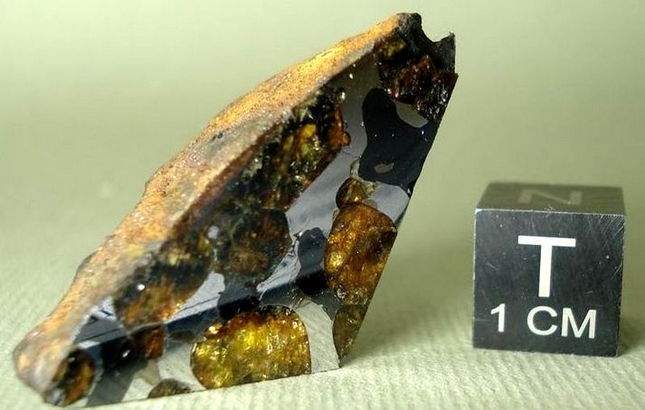
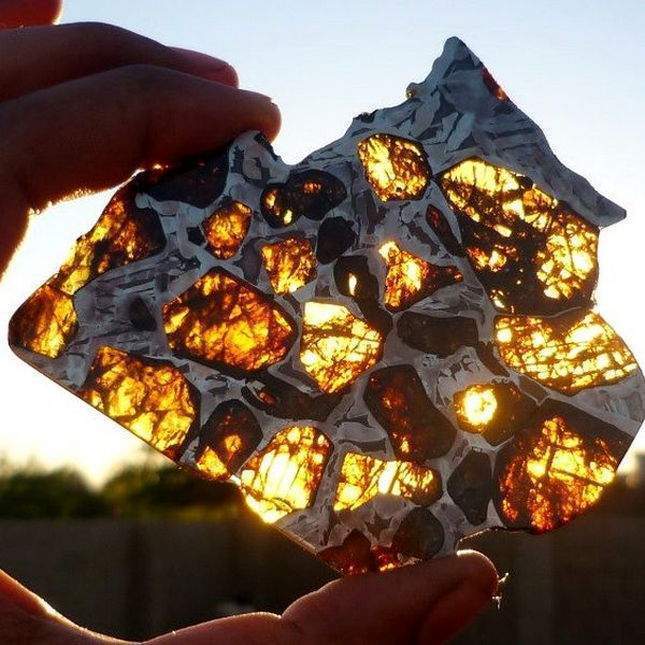
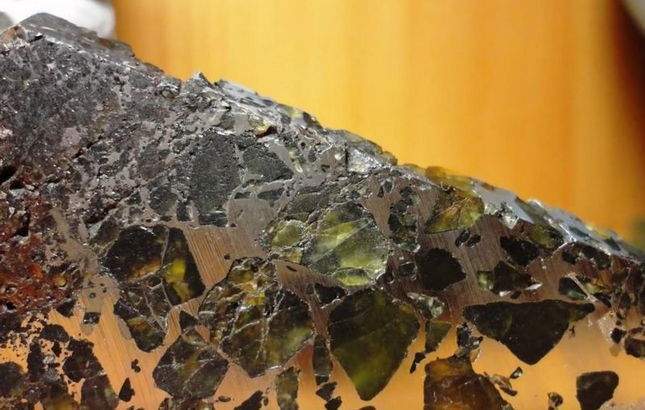
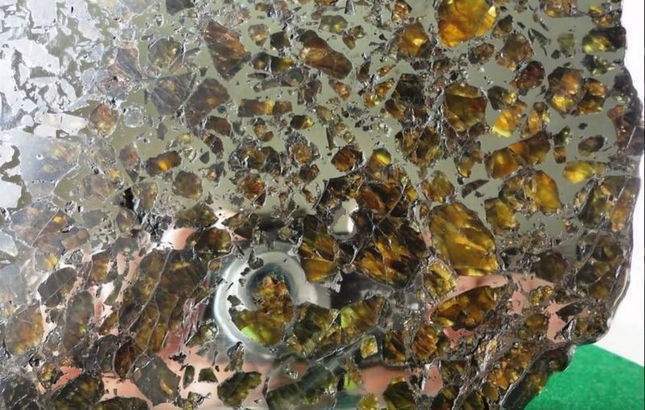
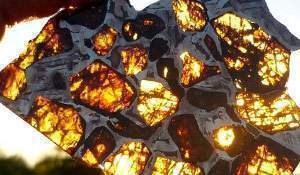


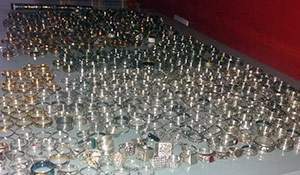

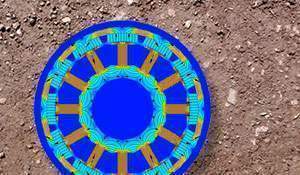
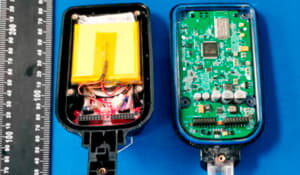
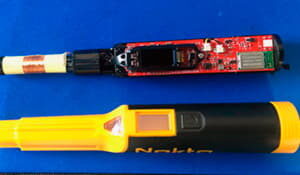
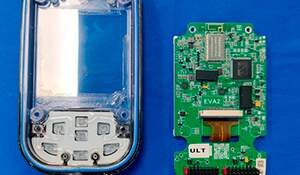

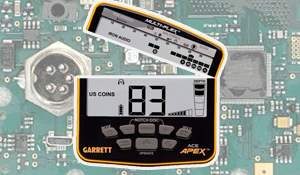
Have a pallasite meteorite for sale
I’ll take it :)
Nice! Looking for someone willing to look at some of my finds. I have lots of different pallasite meteorites and other ones.
I got a nice piece half the price
I have a large palasite 2lb roughly email me to see pics
I have a beautiful, found in Canada pallasite for sale….Offers welcome.
I have a small pallasite that may contain diamond chondrules it has a black graphite type metal with ni silver ? cobalt copper or gold colours when shines has those patterns weighs approx 55 g…may sell descent offer…
Hello I have a meteorite like yours I even had the XRF abd XRD test taken from a lab in San Jose California and I have the test results back but because of the complicated results I cant get anybody to classifiey it do you know experts that can help me
I have a few
Hello I have a meteorite like yours I even had the XRF abd XRD test taken from a lab in San Jose California and I have the test results back but because of the complicated results I cant get anybody to classifiey it do you know experts that can help me?
I have a potential pallasite meteorite for sale if interested!!!
Hello please contact me .
I have some things I believe are metirige with diamonds and other cool stuff. I don’t know what thing about testing or being sure that it isn’t molten car or something .
I have a metallic quasi crystal meteorite for sale willing to negotiate
Yes i have a on pallasite meteorite..im expert meteorite of iran
Yes I do
I have this meteorite weight 200gram
? have tons of Pallasite meteorite from Kenya and i need same one to buy
Give me my shit or im reporting you you attempt to sale ill make sure you spend life in prison
Was going on here.i have tons of pallasite meteorites from kenya
How MUCH?
I’m interested
Hi would you happen to be interested in purchasing a piece of my meteorite its very rare I had it tested in San Jose but because of the complicated elementsthey werent exactly sure what kind of meteorite it is. if you are interested please text message or call me.
i have pallasite meteorites if interested
Show me some Meteorites you want ti sell.
I have several meteorites some pallisites
I recently found this rock it looks just like your meteorites and it was in a spot where no other rocks are like this rock at all I don’t even know how it got here in New Mexico but I’ll send you a few pics. Today’s date is 2/19/2024. It is very hard, cuts glass with ease and it appears to have quadrahedron crystals in it. Although they are small, I guess…
Interested In Some Pallasite Meteorites. Send Images And I’ll Possibly Purchase.
I have a special rare occasion for someone who has a good vision and will be seeing the patern this one has been only cut and get a lot of metal cristal in. I hope someone here is a good collectors. Please let me know if there are any really offers for my special one.
Whom buys them
A meteorite found in Chubut, Argentina, featuring a metallic mirror finish and peridot-type stones, is displayed in a collections room at the Field Museum in Chicago.
Still avail?
I have this one. The crustal have diamond hardness
Hello
I have some that look like this what type is it please
Lol…any reason you just describe the ‘ metallic mreal finish?
I bet it’s either Platinum or Titanium.
And whats with the Peridot like stones?
Is that how meteorites are sold, by descriptions and looks? Awesome, itll be easy for me to sell my meteorites when I show the Xrf readings…along with a nice description
Tengo este no sé si es oro o no sé qué tenga
Was wondering if mine is the same, and what or how much would it be worth if sold?
Wow!! That’s awesome!!
Well I have one of this rock pieces like six pieces it got stolin from mevnot to long a go but I have I have life of it
I have several meteorites that have been in my collection for many years if anyone is interested in them.
Hi got a few n one that color n shape
I’m interested, details of item by item with price
I found this piece of lunar meteorites . If anyone wants to buy , I sell
Price ? Do you have analyse ?
Hello Sir.I have a uncut natural stone.I want to sell.
Hi found this I think ot might ne a meteroite
I got a nice piece half the price
Was wondering if mine is the same, and what or how much would it be worth if sold?
Hi. Can you please tell me what this is? I seen to have the same one!
3 for sal email for pics
Would love to own a meteorite. Can you send me pictures,
I would like to sell a lunar meteorite found in brunei darussalam.please contact me
This spearhead once thought it was nephrite. But it attracts magnets. Some say it was made out of a Pallasite Meteorite.
How much are you asking?
it could be serpentine. that also attracts magnets and is more common by far
I have this an other types where can I sell ???
I have a diamond meteorite for sale that weighs over 80 grams and has purple diamond top! Very fine specimen! Any serious offers welcome…
Please send pics.
i have Pallasite meteorite if intrested contact me
I’ve been collecting meteorites from Africa & Middle East for more than 30 years & lve amassed a collection of 100+ of mixed rocky-iron-pallasite from 5gms to 40kgs all have been tested as fine specimen!!
so your saying that Some meteors have white on them??
Hello Sir i am Likhon Sarwar.I have a uncut natural stone.I want to sell this stone.
a couple of “rocks” i have found contain olivine. I will take a gravity test of these.
Great looking! These where found under the laurentide ice sheet with several dinosaur
fossils. I have a few “rocks” that look possible. Some with green casts and thumb prints,.
I will give them the streak test and nickel test.
I have a meteorite. I found on my families farm when I was a boy.
I think I have one. Found it in Arizona.
I have found a rather large specimen last night accompanied with several dozen smaller specimen with anybody have a suggestion who I get in contact with to get these verified and on the market and some of the smaller specimen I planned on donating
I found this piece of lunar meteorites . If anyone wants to buy , I sell
Hi Sir.I am Likhon Sarwar.I have a uncut natural stone.I want to sell
I found one of these.
contact me this is joe
I found this pieces of lunar meteorites . If anyone wants to buy , I sell
What is it worth
What kind is this I have a few puecesm
hi I have a metorite lime green with silver fleaks in it only 2 iches high very heavy metal,,,but just so so strange found in a fild just seems different from other meteors I own
Hello
Can someone help told me what is this
It is from metal, more heavily like normal iron inside have some crystal
Thank you
without magnetic ، Rounded edges ، red or brown fusion crust and In many parts the shell is gone ، Stream lines in the stony chest . Email :Dg1363@gmail.com
This is a beautiful meteorite with visible current lines, no absorption , Rounded edges.
Meteorite with blue and shiny fusion crust , very very low absorption, shrinkage cracks in fusion crust , rock texture in the polished part is clear.
Are they meteorites؟
I thing they are meteorite and I have found a very resemble one
W
Lunar Vesicular meteorites . For sell
Meteorite…?
Yes meteorite moon
tôi có một thiên thạch troctolite luna có dòng chảy và lớp vỏ mầu nâu như sáp nến cần bán .2,8 kg
troctolite lunar TKW 2,8 kg
troctolite lunar
Where do I go to get meteorites tested for what type of is. Any help would be much appreciated. Thank you!
Hello
I have martian meteorites. Classified and non classified.
Only Martian meteorites.
Is this a meteorite??
Lunar meteorite for sell
E.mail:dg1363@gmail.com
Hello Sir i am Likhon Sarwar.I have a uncut natural stone.I want to sell this stone.
Meteor berccia for sell
Hello Sir.I am Likhon Sarwar.I have a natural uncut stone.I want to sell this.
Hello what kind of the stone? And how much come to WhatsApp.
hello be in Turkey who want to reach black and found heavy meteorite knows that the reach
Yes i do
I think I have some of this too! Open to any offers!
I have a large collection of pallasite
What do you think??
I’ve found a meteorite, just under 12 one’s,I will sell it to anyone who has got any interest in the stones that are falling over our planet theses days,and that it’s happening in large numbers quite often aswell,so get in contact with me on, love & bless yours jojo…
Hi how are you Joseph I am interested in buying some of your find please contact me
I’ve found this meteorite recently.it’s 50% magnetic. It has really beautiful and irodynamic shape.
It’s 20 kg.
Can somebody tell me what type of meteorite is this?
Hello, I am a mining engineer, I found the meteorite in the field in Turkey/Malatya, where I sent the photo caption in the field work, the magnet does not hold, but the molten shell may be carbon or another metal. You can examine it with a weight of 620 gr.
Good work
I think I have found a martian meteorite. Northern/central arizona.
Non magnetic and no streak. Glassy fusion crust and reddish body.
Am looking to have tested.
Hello I have 2 meteorites I didn’t know what they were after I put them in a rock wall and glazed them these meteorites contain numbers symbols images of things I can’t explain there is what looks like a bird almost identical to the Nazca lines in Peru I’ve collected rocks my entire life and never seen anything like them have u ever heard of anything of the sort?
olivine meteorite, like this:
I forgot to mention that it weighs about 88 grams, this is a photo of a different face from the same stone without flash
I have a very rare and extraordinary meteorite ,this meteorite has healing properties ,my hand to god ,this is a true fact here is some pictures of the meteorite ,
Is any body has a similar one to this
Is this similar to what you guys found anybody there whit similar found
I believe I have a meteorite for sale I don’t believe a palasite but was found here in Canada stuck to a magnet in a piece of milling equipment at a feed plant. I believe it ti be a Stony /metal meteorite if interested it’s right around ping pong ball size and it weighs just over 53 gm 53.75 to be exact if interested or want pictures.
Can u tell if real
Nice work…Can some one help identify my finds..it will be greatly appreciated thanks.
I am a seller of meteorites, diamonds, raw gold, along with proofs of heavy weight documents, if you want to talk, contact the indicated email address or the indicated contact number.
Salaam are you mohammed? just starting my business, my name is UMAR from south africa just wanted to ask if you would help me out in a few areas and advice as to how i can go about i have a few meteorites. Would you please if can inshaallah.
I got a pallisite meteorite
This is a special one that will be not available for everyone. . The patern is very good. Only with cuts and without any acids or anything treatment.
Please tell me what you think this is.
I have some very nice stones I’m trying to get appraised or sold. I’m in Seattle. I have white ones, gold-tone, greenish, and sparkly clumps of earth hardened together. Also, some black ones. My picture recognitions suggest a few different possibilities, with our actual physical confirmation. AA toons. Dr. R, Science. Harry Olebar. PS: Some hinted at Tongontrek, two-tone. Either way, stones from the Klondike have to be a prize for any of your collections.
Hi I have cosmic fragment falling my own land my own testing results should be such a cosmic body fusion crust melted coated any one interested
What’s the name of this stone
Here are a few more pictures
I found a meteorite it has a dark brown crust and inside is multi colored , dominated by green crystals, it has tested positive for diamond. It is beautiful and large. Weighing over 300 grams. Found in New Mexico. I am looking to sell it. If interested please contact me.